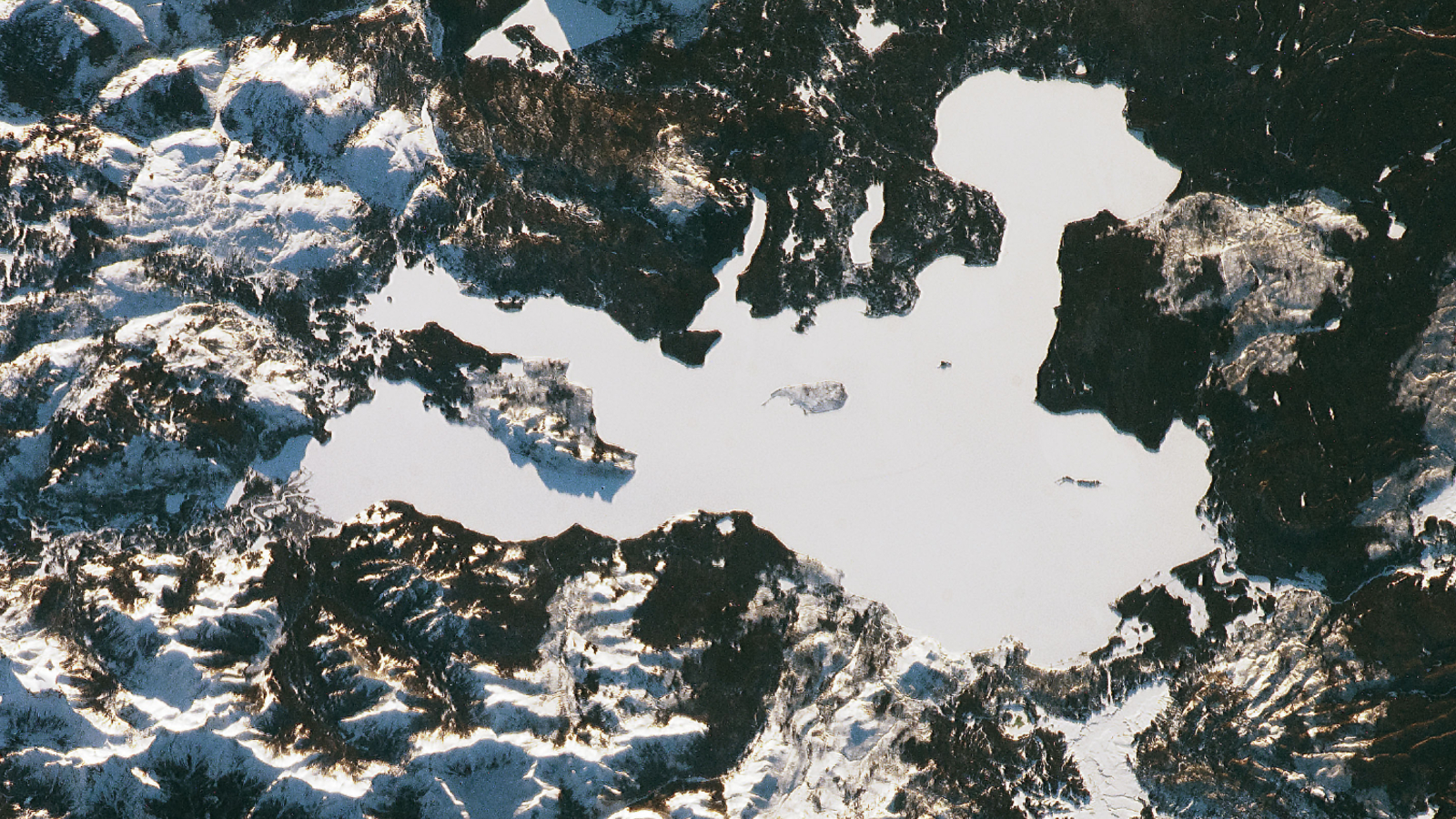Snowball Earth: Deep Freeze May Have Spawned Complex Life
The "Snowball Earth" idea that the planet was coated in ice for millions of years might help explain the emergence of complex animals, some scientists say.
The Snowball Earth hypothesis suggests the planet was covered from pole to pole with a thick sheet of ice, perhaps more than once, for millions of years at a time. Supporters of this proposal suggest the glaciations, which would have been the most severe in Earth history, occurred between roughly 750 million and 635 million years ago.
Early animals began rapidly diversifying roughly 650 million years ago, which would have been in the middle of Snowball Earth and during an increase in oxygen in the atmosphere. After studying marine sediment, researchers now suggest the deep freeze could have spurred the evolution of animals by pumping a surge of nutrients into the oceans.
Muddy endeavor
To deduce the levels of a nutrient critical for organisms' growth, phosphorus, in Earth's prehistoric seas, investigators at the University of California at Riverside and their colleagues gathered some 700 samples of ancient, iron-rich marine sediment from around the world, particularly Africa and North America.
"Gathering samples for this study was a long endeavor," recalled researcher Noah Planavsky, a biogeochemist at California-Riverside. "Cars will get stuck in mud, flat tires are unavoidable, and old maps can lead you wandering for hours. It is essential to accept that you could spend days traveling to sample some rocks, sometimes halfway across the world, and find nothing useful for your study."
From their analysis, the scientists found phosphate concentrations were relatively constant over the past 542 million years. Before then, however, phosphate levels had spiked for tens of millions of years during what would have been the end of Snowball Earth. The concentrations reached up to 10 times current levels about 750 million to 635 million years ago.
Get the world’s most fascinating discoveries delivered straight to your inbox.
"This shift could have paved the way for the rise of animals and their ecological diversification," Planavsky said.
Animals' first breath
The researchers argue that all the glaciers at the time accelerated the weathering of the continents and dumped large amounts of phosphorus into the seas, stimulating the productivity of photosynthetic algae. Along with other factors, the growing algae led to a net increase in atmospheric levels of oxygen.
Early animals could have glommed onto this oxygen to help them respire, and ultraviolet rays would have changed some of this oxygen into a layer of ozone to protect this life from the sun's harmful radiation.
"We have potentially found the smoking gun for the mechanism that drove the oxygen increase that ushered in the first animals," said researcher Timothy Lyons, another biogeochemist at California-Riverside. "Our results may be the first to capture the nutrient driver that was behind this major step in the history of life, and that driver was ultimately tied to the extreme climate of the period."
In the future, researchers can focus on how exactly ice sheets back then might have helped increase the delivery of phosphorus to the oceans.
"We have provided a key piece to the puzzle — evidence for greatly enhanced nutrient delivery to the ocean that should have supported a dramatic rise in atmospheric and ocean oxygen contents and the rise of animals," Lyons told LiveScience. "But now we need to tie all the pieces together more completely."
"We were extremely lucky to have a group of collaborators that were willing to share samples and pass on information about data they had published," Planavsky said. "Without help from a large group, this project would not have been possible."
The scientists detail their findings in the tomorrow's issue (Oct. 28) of Nature.
- 101 Amazing Earth Facts
- Extremophiles: World's Weirdest Life
- North vs. South Poles: 10 Wild Differences



